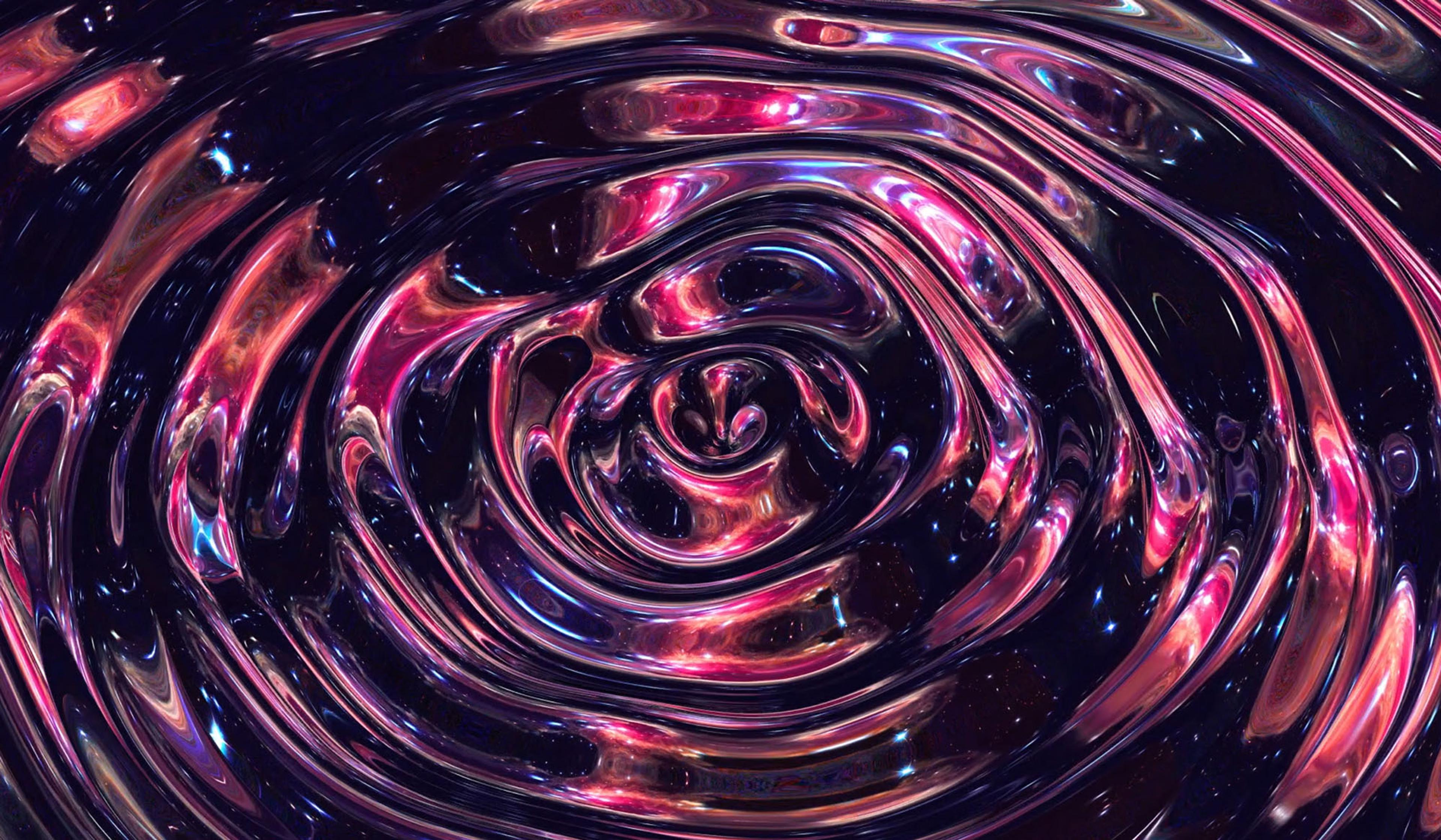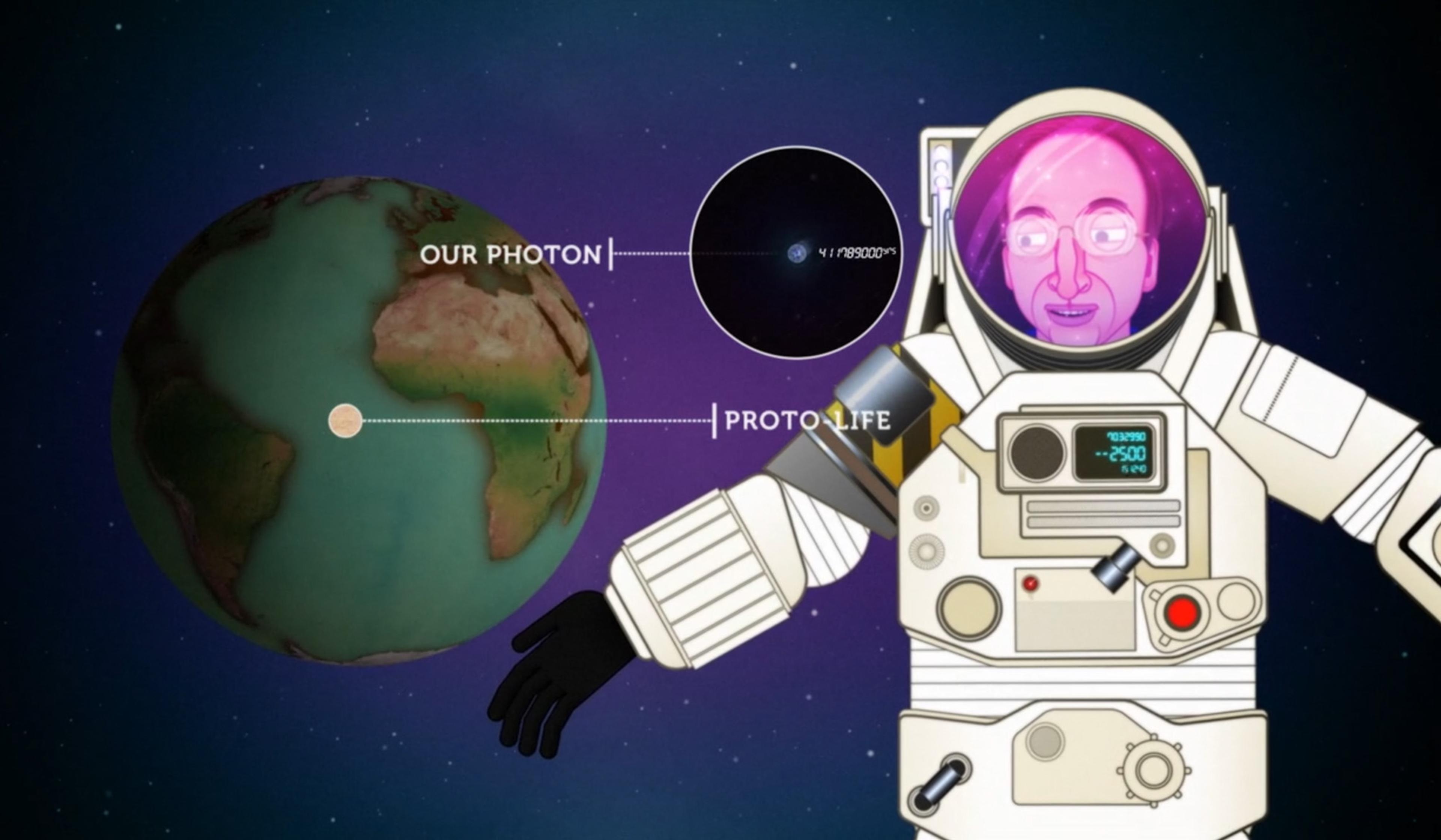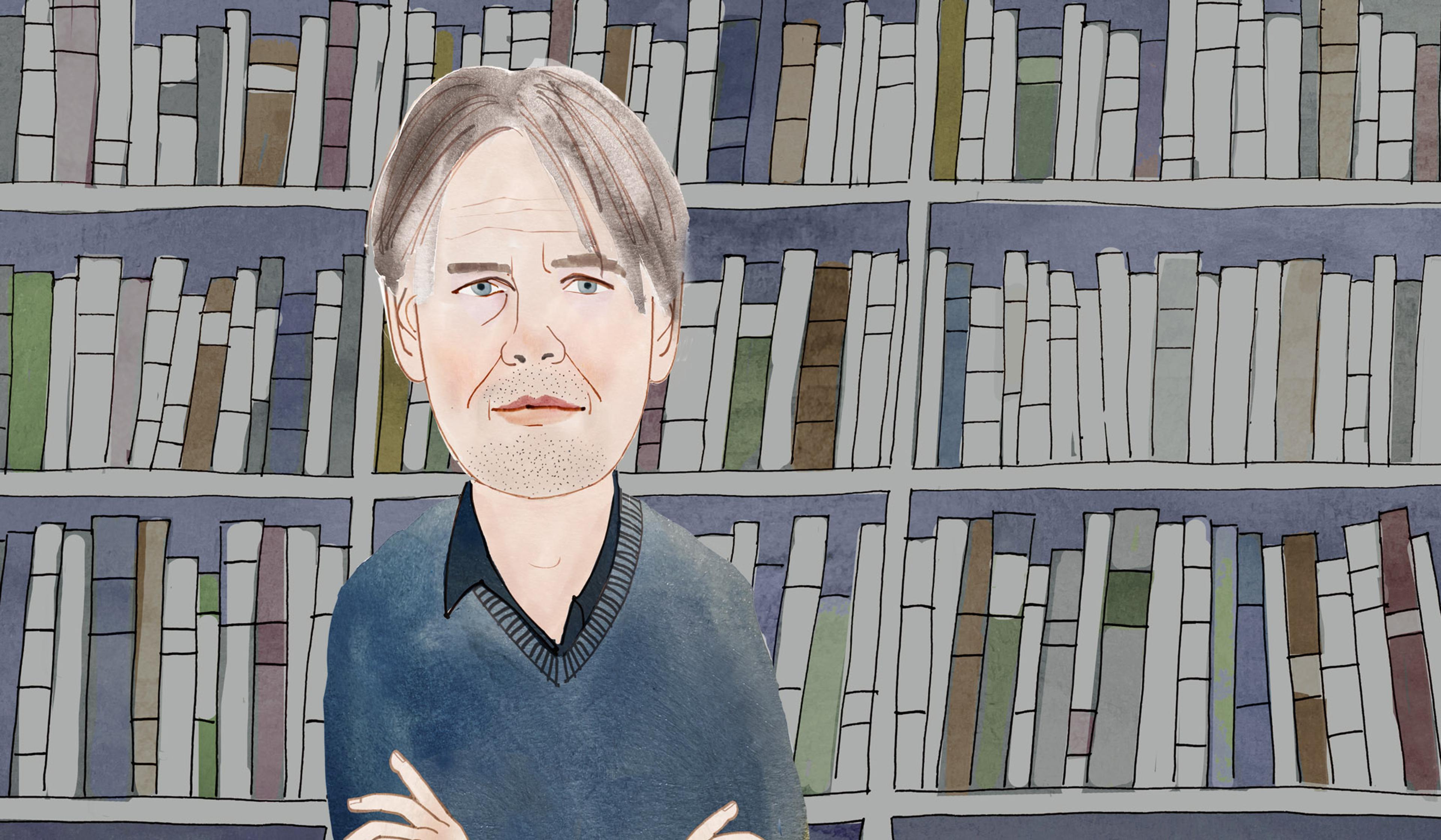A very basic yet, from our perspective, easy to overlook quality of the Universe is that everything is in motion, all the time. Even things that have united humanity across the ages and that we take for granted – such as the constellations and our relatively pristine view of the Milky Way on clear nights far from light pollution – will evolve and rupture over the course of deep timescales. In this video from the American Museum of Natural History in New York City, the US astronomer and curator Jackie Faherty discusses how the contours of the night sky as we know it will dramatically alter millions of years in the future. Her words are paired with extraordinary data visualisations of these coming distortions, some drawn from the show Encounters in the Milky Way, playing at the museum’s Hayden Planetarium.
Visualisations explore what the deep future holds for our night sky
Video by the American Museum of National History
Producer: Lee Bucknell

videoAstronomy
What our eyes miss in the sky – stargazing beyond the visible light spectrum
3 minutes

videoMetaphysics
To see the Universe more clearly, think in terms of processes, not objects
6 minutes

videoCosmology
Deep time and beyond: the great nothingness at the end of the Universe
29 minutes

videoAstronomy
Take a 10 billion-year journey with a photon, from a distant supernova to Earth
3 minutes

videoAstronomy
Close encounters of a different kind – what if Venus, Neptune or Saturn hovered close by?
2 minutes

videoCosmology
A journey from the Himalayas to the edge of our cosmic horizon in space and time
7 minutes

videoAstronomy
The remarkable innovations inspired by our need to know the night sky
5 minutes

videoPhysics
Imagining spacetime as a visible grid is an extraordinary journey into the unseen
12 minutes

videoCosmology
Building ‘bigger and better’ has pushed cosmology forward. Can it take it any further?
7 minutes